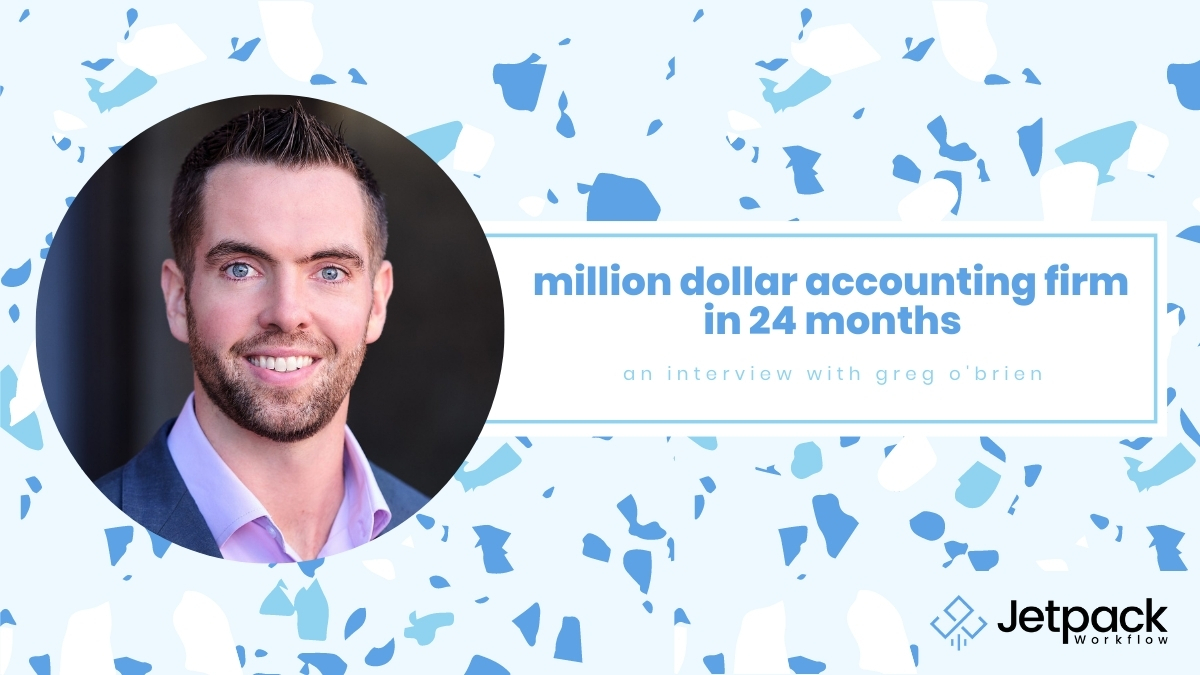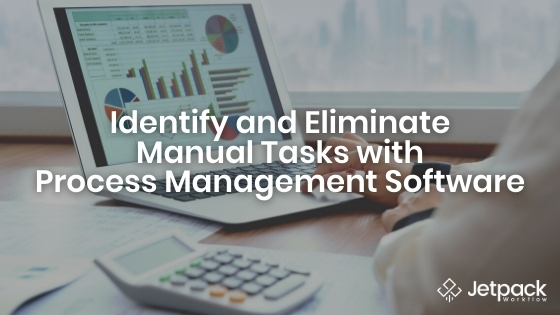Million Dollar Accounting Firm in 24 Months

How do you build a million dollar accounting firm quickly? That’s the topic we ask Greg O’Brien in this week’s Growing Your Firm Podcast. He did it from scratch in 24 months!
In 2020, Greg was named a Top 5 National Finalist for the Tax Planner of the Year by the AICTC from a pool of over 800 qualified Tax Planners. Greg and his team specialize in working with entrepreneurial clients who own startups or small businesses, and individuals growing into more complex tax and financial issues.
His experience includes advanced tax planning and CFO services for a wide array of individuals, start-ups and nonprofits. Also, he specializes in helping startups implement proper systems and ensure their accounting and financial statements are accurate as they rapidly grow and approach liquidity events.
Podcast
Summary
- About Greg O’Brien CPA
- Billing Model
- Scaling From Solopreneur to a Team of 7 in 24 Months
- Growing Clientele: Cold Contact
- SEO and Google Advertising
- Hiring Employees
About Greg O’Brien CPA
Greg O’Brien CPA is a forward-thinking, virtual tax planning and accounting CFO firm that is headquartered in Boston, MA. Though Greg is the only one physically present in Massachusetts, the other six employees are completely remote. Greg says he was always a big believer in the virtual model, even pre-COVID, and he would spend hours studying other virtual firms.
The firm offers tax planning compliance, virtual accounting, and virtual CFO services to individuals, start-ups, and entrepreneurs. Greg O’Brien CPA’s best work results involve producing a tangible result for clients in the form of physical cash saved through taxes or seeing an owner’s reaction to CFO and accounting systems increasing their bottom line.
Billing Model
We’ve emphasized several drawbacks of the hourly billing model and have been vocal advocates of the value billing system. Greg started his business out on the value billing system to begin with, so there was no need for any drastic adjustments, only refinements which came as a result of the development of systems which helped to narrow down the services Greg offered. Clients are charged an onboarding fee for tax planning and set up into their systems. Next, they are presented monthly packages that are value priced to the client depending on their needs.
Get everything you need to manage projects and meet deadlines.
Subscribe to our weekly newsletter, and get 32 free accounting workflow templates today!
sign me up!
In the beginning, Greg studied several business models in the hopes of acquiring another firm and simply couldn’t understand why there was such low profitability. Eventually, one of his mentors recommended that he strike out on his own and think outside of the box. As a result, his average monthly fee exceeds the expectations of several within the industry: they average between $1,500 and $2,000 per month for each client.
Growing Clientele: Cold Contact
Many people believe that they need sophisticated software, a business email address, or even a unique marketing tactic in order to generate leads and convert them to loyal customers. Greg didn’t have any of that. Instead, he hustled, and he told us, “I really started from day one with cold outreach.” After combing through tech magazines, he would note that a new startup formed. He then became an internet sleuth, figuring out the business owner’s email address. From there, he sent an email to see if the business needed assistance with their first C-Corp tax return.
Because of this one-on-one direct contact, he ended up scoring three clients using the cold contact method, and he still has these clients on a monthly subscription today. From the direct one-on-one contact, clients referred his services via word of mouth, and the “flavor,” or niche, of the services varied from location to location. Greg explains, “So, I’ve developed a nice little niche out in Southern California, and then some of my local clients have just spun off.”
SEO And Google Advertising
“You know, almost every CPA out there has a lousy website. I looked around and saw there’s a lot of websites that are old or lacking. I saw that as an opportunity,” Greg said as he explained another facet by which his business grew.
During the first year, Greg knew it would be wise to invest in SEO and Google advertising for their website. His website alone ended up being the marketing tool that attracted a particular client who had an online start up. “He became a very valuable client to me,” Greg explained. His client referred several other clients to him by the fourth month. Eventually, Greg began actively investing in books and information about SEO and growing an online presence.
I stopped looking at [advertising] as an expense. I started looking at it as an investment, so if I can spend a thousand dollars a month, but I’m getting several thousand dollars back, it’s kind of a no-brainer.
As Greg began to receive more clients, he eventually had to begin thinking about how to complete the new influx of work.
Hiring Employees
Aside from a part-time bookkeeper, Greg was working alone. He knew that he needed someone full time who could help him, and his bookkeeper at the time was pretty adamant about remaining part-time. So, Greg took his search to the online job boards.
On Indeed, he found one person who had his own firm. After connecting with him, Greg sent him work as a contractor, to test the waters, and the partnership was fruitful. Greg hired him as his first full-time employee. Prior to his hire, Greg had been using Jetpack Workflow as a solopreneur, and after having hired several others, Greg had to figure out how to adjust its functions to accommodate the work of a team. He handed over this task to his new hire, “And now he’s a wizard at it,” Greg says. This freed him up to focus his efforts on finding more clients.
However, he still needed more hands on deck. “I was not prepared for how fast the growth was going to happen,” Greg recalled. He realized that once an employee says they are up to their eyes in work, it’s too late: more hiring should have been done weeks ago. It takes about four to six weeks to hire someone, so, as Greg said, “Hire number two was a scramble.”
From this experience, Greg learned that hires are also an investment. No employee wants to live always on the edge from an overload or in a state of burnout, so it’s important to always plan ahead. Already, he had a system in place for distributing work amongst his team members to prevent burnout, including two tips for how to do so:
- Greg explains that he has divided up his clients to “A” clients, “B” clients, and “C” clients to reflect the nature of their contract and how much work it would involve.
- Once his team hits 75% capacity, Greg knows it’s time to make another hire.
There was a lot more valuable information in the podcast that did not make the show notes, so be sure to listen to the full episode for more of Greg’s secrets to success! If you would like to reach out to Greg personally, check out his website, and connect with him on LinkedIn or reach out to him via email.


















